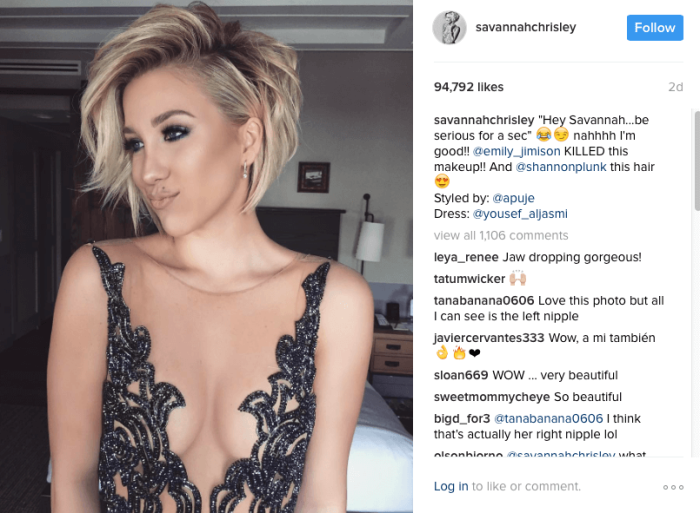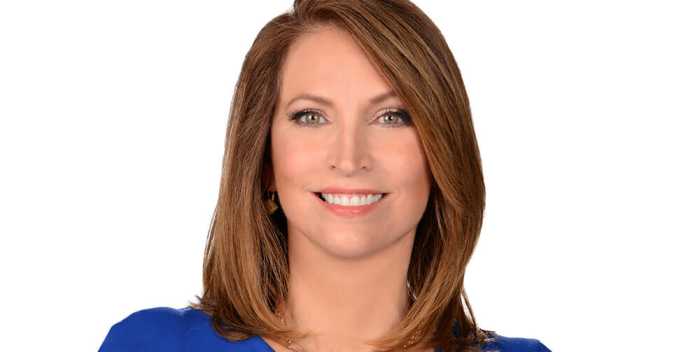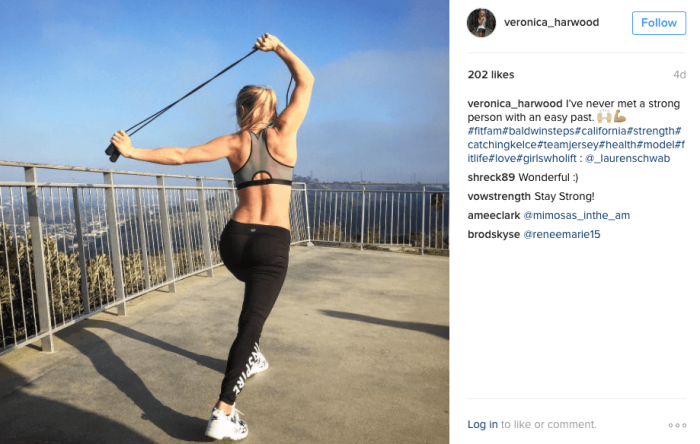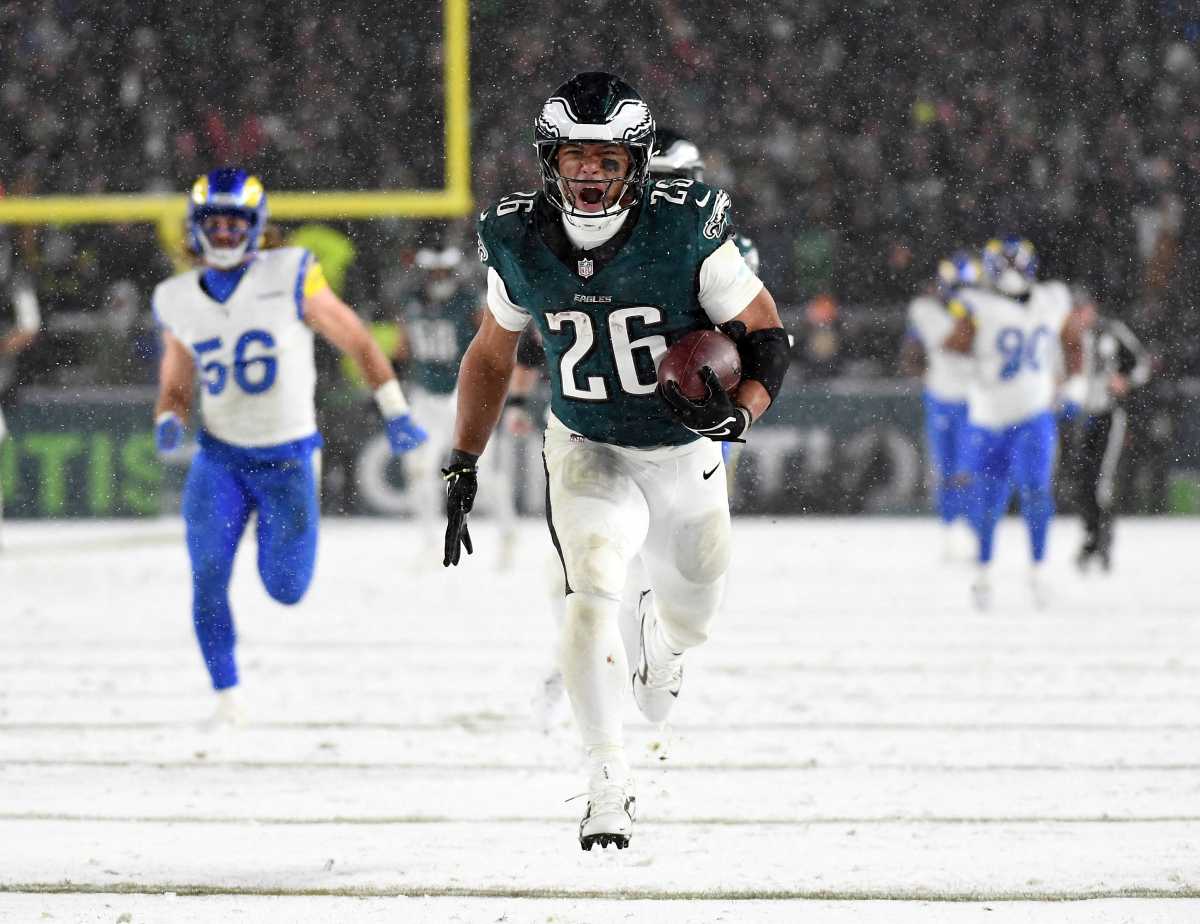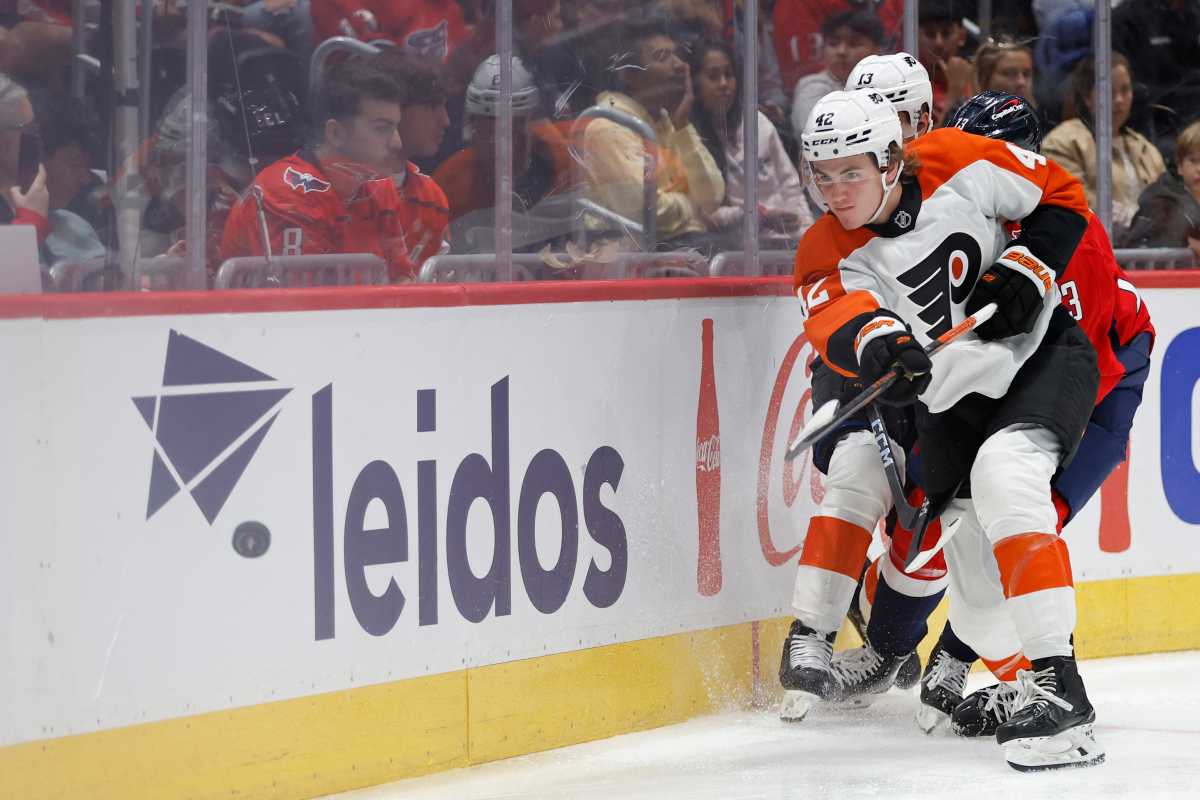Fashion has always been a way to express ourselves, and what definitely isn’t ever going out of style is inspiration for our own dreams. Dreams of being able to be authentic, dreams of being able to bring what we feel on the inside to the outside, and of course, dreams to make it big.
With Amazon Prime’s second season of the hit show, ‘Making the Cut’, 12 designers compete through challenges and assignments to test their abilities in fashion and style, and dreams are made in almost every episode—even with their only being one champion crowned in the end.
Even with COVID in full swing, the cast and crew of the fashion-forward show were able to maneuver the pandemic while filming on a ranch in Malibu, and the results prove just as compelling and worldly in views as the first season where they actually did travel the globe.
Hosts Heidi Klum and Tim Gunn, fashion icons in their own respects, have taken on another season of starry-eyed hopefuls and they sat down to discuss what went into making season 2 amidst a pandemic.

Going in from S1 to S2, what were you both thinking/feeling going in?
TG: We were thrilled that it was going to happen at all, because we were thinking is this going to be shelved? We were worried about our designers and dashing their dreams potentially, so we were just happy it happened.
HK: First, we were even excited for a pickup. It doesn’t come natural—when you film one season it doesn’t mean automatically you get a season 2 and that it continues on. It was a rollercoaster of emotions with yes we get another pickup and now we can start filming again and then the magic started to happen. I think it’s because everyone was also super grateful that this was even happening. Our designers were then so excited that the world gets to see them because they all have businesses already and they want to become bigger and make a bigger business out of their small fashion business that they have already. So, to be seen in over 200 countries is everything to them and having the opportunity and assignment to have a winning look that then gets sold on Amazon Fashion, and people around the [that] world can shop it—that’s everything to them.
You could just feel the gratitude they have, you could feel the appreciation they had to be there. I mean there were a lot of tears, because it was between happy, exhausted, overworked and magic. Sometimes in the morning, they walked into a space, and at night, it was transformed. Our art department spent all day while they were working on their garments to make this magical dreamland forest. So, I feel like everyone put in the extra effort with the magic of fashion and this world that you dive into as a viewer, even when I go to a fashion show now it’s special. They walk on popcorn or they walk on water…It’s this ambiance that is being created, it’s for us to dream. We wanted to continue doing that, we want people to dream when they see that because that’s how fashion is. It makes your heart go like, oh my god, I have to have this, and I feel like even though we were in this fashion bubble in Malibu, I don’t think it lost because we couldn’t travel this year like we did in first season.
With S2 being set in Malibu, why was this location ideal?
HK: Because we were in a bubble we felt like we had everything there. On the big ranch, it had many places where we could film, so in every episode, we could still make it look very different but it was all in one compound. That’s what also allowed us to have all of the cast and crew to stay safe, because if you have all these moving parts coming and going, how can we do this COVID correctly? With all of these rules we were given, we didn’t want to let anyone get sick. So we were extra cautious to get out safe at the end of it all.
TG: The Los Angeles location for us was essential because all of our human resources, except for me who came from New York, was local. It meant facilitating all of our COVID protocols, and chances at success were much greater. I’m happy to say with 100 people involved, no one got sick.
HK: Also, Los Angeles is getting stronger and stronger, and LA was always strong for all of the beautiful Hollywood actresses, and the whole world looks at the actresses and what they are wearing. Whether it’s Hailey Bieber going to Starbucks looking fabulous or Nicole Kidman on a red carpet going to a movie premiere, or whatever it is, I think people have always looked to Los Angeles and how they are dressing. Even the regular daytime stuff. LA does have its own flair and how people walk around here. People in New York don’t walk around like that. People in Berlin don’t walk around like that, so there’s definitely a different kind of fashion sense over here. But the Hollywood aspect of women dressing, where else do you have that?
TG: I want to add that American fashion, before WWII—we were a nation of copiers. We were copying the couture collections in Paris and that was it. The only place in this nation where anything creative was happening was as Heidi says—in Hollywood. It was the Hollywood designers who were really helping to inform people about how they wanted to dress, one of the greatest being Gilbert Adrian. So when all of the couture houses in Paris closed during WWII, that’s when you see the ascension of American fashion. But before then, it was Los Angeles. So, things are coming full circle.
With these designers, how is fashion going to look in the future?
TG: I will say, and this is my general response to where things are going: I think if we knew, we would already be there. I’m going to quote Heidi, based on our experiences with season 2, our designers are much more concerned with sustainability, with gender-fluid clothing—these are two huge and enormous achievements that are significant for the world at large. So those two aspects alone are worthy of a lot of genuflecting.
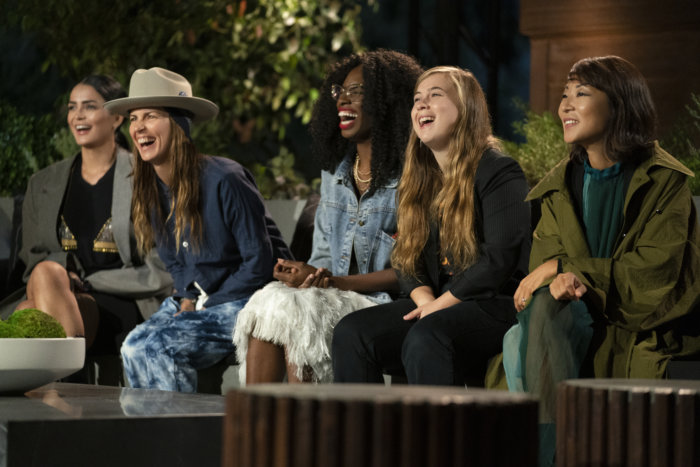
What are you hoping people take away from the show?
HK: We have always said live today like it is your last. I think we all have to have more fun, we just have to. We don’t know if there’s going to be a next year we don’t know what’s going to happen now with all of the crazy things that are happening in the world. We need to have more fun with ourselves, love ourselves and sometimes maybe [it’s] the piece that you picked up at Making the Cut, that winning look that makes you feel special.
We’ve been in sweats, we’ve been inside—I think it is time to leave that cocoon and be that butterfly again and be out in the world. Put on that heel, change your hair color, maybe do things that you haven’t done for a while…But now is the time to live again, if we have the opportunity. Fashion to me always does that. I go in my closet and I’m like, who am I going to be today? Am I going to be sexy, am I going to bohemian am I going to be a boss babe? It changes my attitude and it changes how people look at me, but most importantly, it underlines my personality and who I want to be that day.
TG: I believe Making the Cut 2 is certainly about inspiration and about the fact you don’t have to be fed that inspiration. Here we were static on a ranch and the landscape was the same, yet these designers are seeking inspiration, finding it, harnessing it, on every single assignment and nothing is constraining them so it’s an emblematic and make it work season is many ways.
Making the Cut season 2 premieres on Prime Video July 16.




